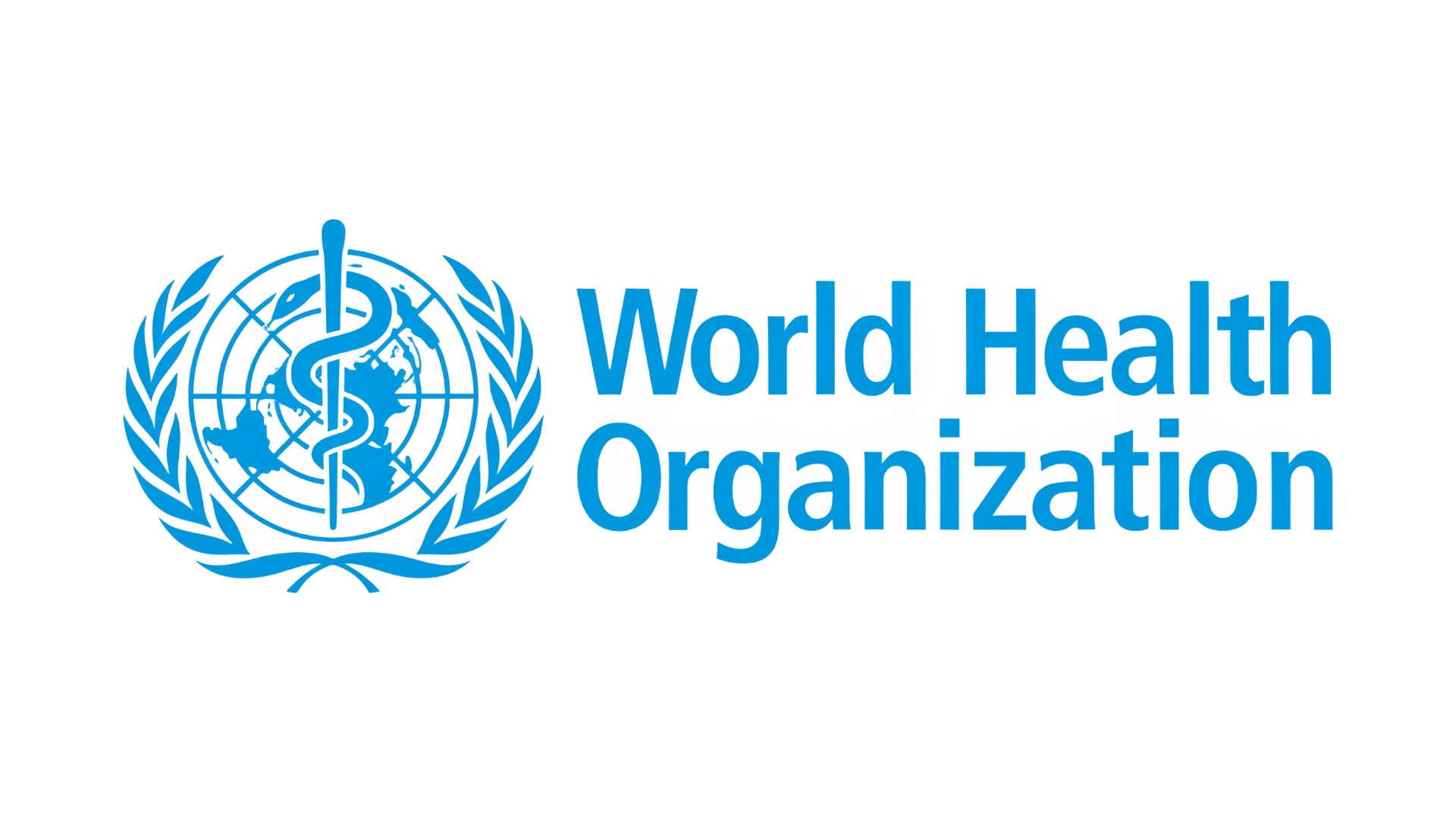Hepatitis D and Viral Hepatitis
WHO urges urgent global action on elimination by 2030
Summary
- On World Hepatitis Day (28 July 2025), the World Health Organization (WHO) called for intensified global efforts to eliminate viral hepatitis as a public health threat by 2030
- The appeal follows a new classification by the International Agency for Research on Cancer (IARC), which now recognises Hepatitis D (HDV) as carcinogenic to humans, alongside Hepatitis B (HBV) and Hepatitis C (HCV)
- HDV, which co-infects people with chronic HBV, increases the risk of liver cancer by two to six times and accelerates liver damage significantly
- WHO stressed the need to scale up prevention, testing, and treatment efforts to reduce the 1.3 million annual deaths from hepatitis-related complications, urging governments to tackle barriers such as stigma, funding shortfalls, and limited access to care
Geneva, Switzerland – Marking World Hepatitis Day on 28 July 2025, the World Health Organization (WHO) has issued an urgent appeal to governments and health partners around the world to step up action towards the elimination of viral hepatitis by 2030.
The call follows a landmark update from the International Agency for Research on Cancer (IARC), which has officially classified Hepatitis D (HDV) as carcinogenic to humans. This brings HDV into the same category as Hepatitis B and C due to its strong association with liver cancer.
HDV affects nearly 5% of individuals with chronic HBV infection and is considered the most severe form of viral hepatitis due to its rapid progression to cirrhosis and liver cancer. Co-infection with HDV can raise the risk of liver cancer by two to six times compared to HBV alone. The disease burden is particularly high in regions such as Mongolia, the Republic of Moldova, and parts of western and central Africa.
WHO Director-General Dr. Tedros Adhanom Ghebreyesus emphasised the urgent need to expand access to hepatitis prevention, diagnosis, and treatment services. Despite the availability of effective HBV vaccines and curative therapies for HCV, the organisation warns that a vast number of people remain undiagnosed and untreated. An estimated 1.3 million people die each year from hepatitis-related causes, mainly liver cirrhosis and cancer.
This year’s World Hepatitis Day theme, “Hepatitis: Let’s break it down,” calls for dismantling the persistent barriers to care, including stigma, lack of awareness, inadequate funding, and weak health systems. WHO is working closely with global partners like Rotary International and the World Hepatitis Alliance to drive advocacy, community engagement, and political commitment.
Significant strides have been made with the number of countries with national hepatitis action plans having more than doubled from 59 in 2016 to 123 in 2025, and policies for HBV testing among pregnant women adopted by 129 countries, up from 106 in 2024. Yet challenges remain stark as only 13% of people living with chronic HBV and 36% with HCV are currently diagnosed, with treatment coverage at just 3% for HBV and 20% for HCV.
To accelerate progress, WHO recommends that countries integrate hepatitis prevention, testing, treatment, and harm reduction into primary care, HIV programmes, and maternal and child health services, while prioritising the timely administration of the HBV birth dose (within 24 hours of birth) to help prevent HDV infections.
WHO also urged stakeholders to increase the availability of affordable, decentralised diagnostic and treatment services, especially in high-burden, underserved areas, in addition to launching widespread education and public awareness campaigns to eliminate stigma and misinformation.
With over 300 million people worldwide affected by hepatitis B, C, or D, and one person dying every 30 seconds from related liver disease or cancer, WHO’s Global Health Sector Strategy (2022–2030) aims for a 90% reduction in new infections and a 65% reduction in deaths by 2030.
The reclassification of HDV as a human carcinogen sends a clear message: stronger, coordinated, and immediate global action is essential to curb the rising toll of liver cancer and meet the ambitious hepatitis elimination targets.







